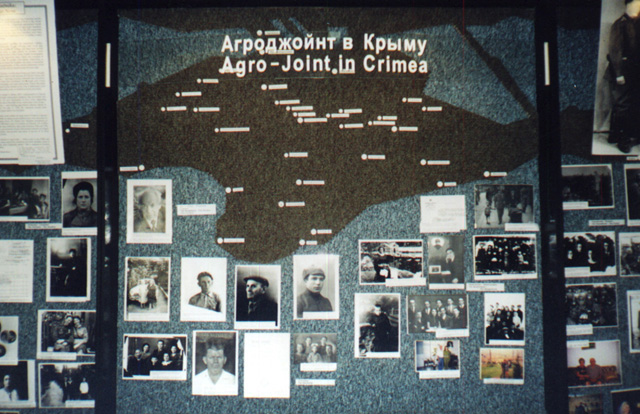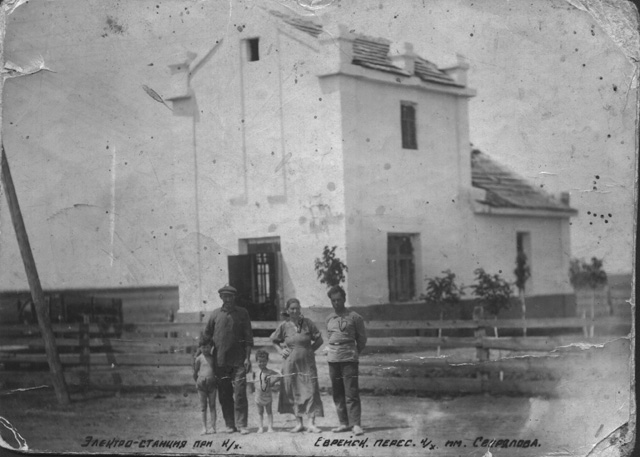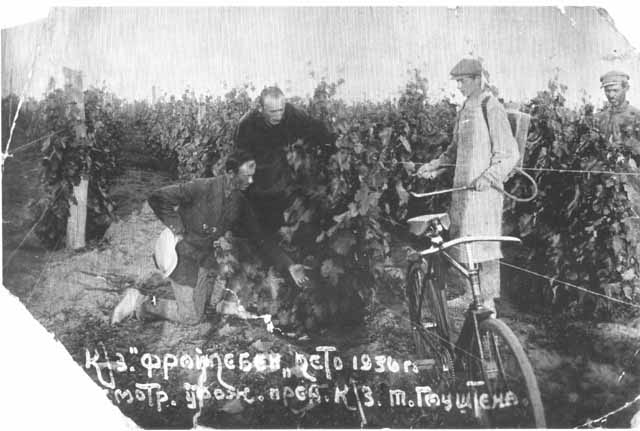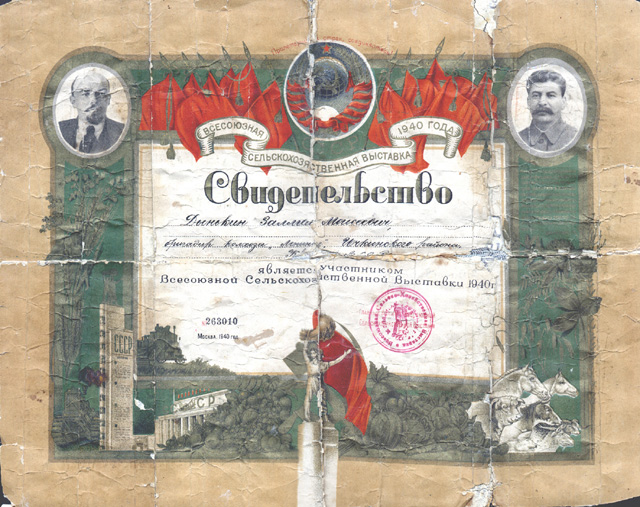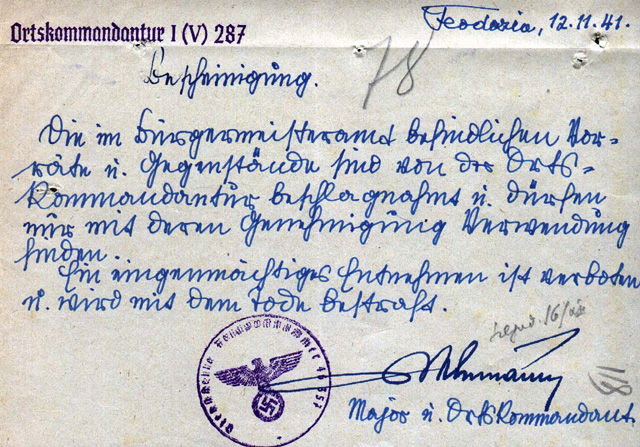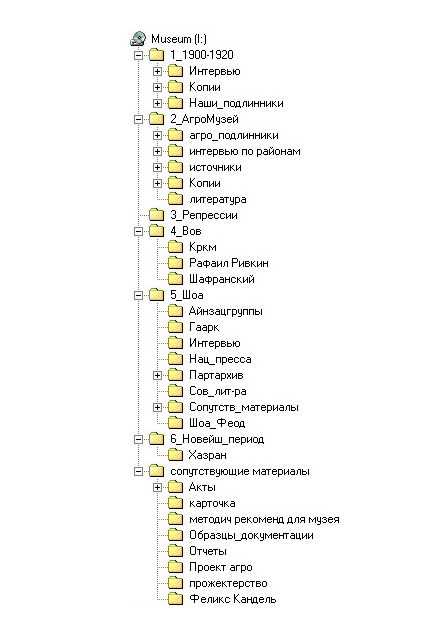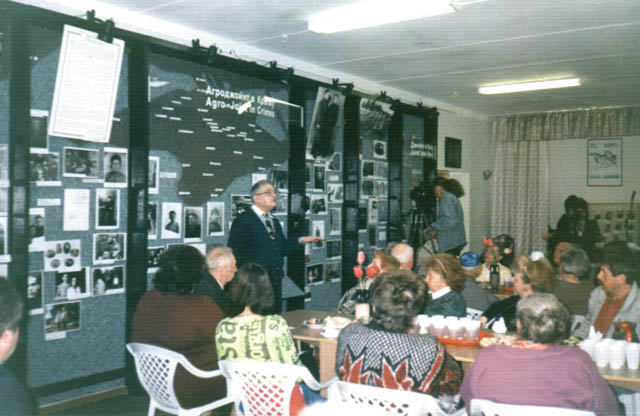|
Head
of Museum program – Alexander Glubochansky
The
aims of the program are:
Museum is leading the way in utilizing modern technology to enhance its activities working with Internet that is likely to provide access to a wide variety of material to be used for other community projects.
In January 1999 the exposition “Agro-Joint” and “Jewish Rural Settlements in the Crimea” was created. It consists of seven parts containing 115 documents with corresponding explanations as well as a map of Jewish collective farms on the Crimean peninsula.
Meanwhile,
the process of collecting material for the future exposition is going
on. This exposition will include such themes as: 1.
The Crimean Jews in the late XIX –early XXcenturies. Participation
of Jews in the revolutionary movement. Urban Jewish population of
the Crimea in 1900-1941. 2. “Agro-Joint” and Jewish agricultural migration to the Crimea in 20-30ies of the XX century.
3.
Political repression of the Crimean Jewry in pre- and post-war times. 4. Crimean Jews in World War II.
5.
Holocaust and Heroism in the Crimea. 6. Post-war Crimean Jewry. Revival of the Crimean Jewish community nowadays.
At present the museum has 410 items –original copied and scanned materials. These are old books, postcards, letters, certificates, photos, award-certificates, as well as audio material with interviews of the former Agro-Joint farmers. All of them are given explanations and are distributed between the six virtual parts of the museum computer database corresponding to the thematic structure of the future museum.
The
stages of the Museum creation: 1.
Planning activities on the Museum creation. 2.
Establishing links between the Museum and Youth clubs. 3.
Computerization of future exhibits. 4.
Renovation of expositions ( work with Web-sites) The activity of the Museum is very important not only for the Jews, it’s contributing to further development of ethnic relationships and establishing links with other nationalities of the city and region.
|
 SIMFEROPOL
JEWISH COMMUNITY
SIMFEROPOL
JEWISH COMMUNITY